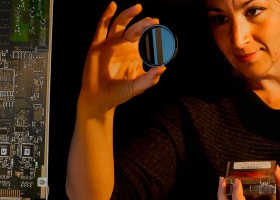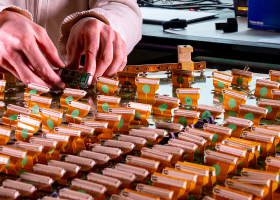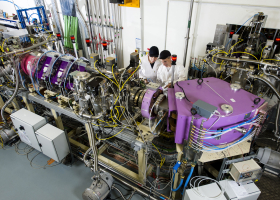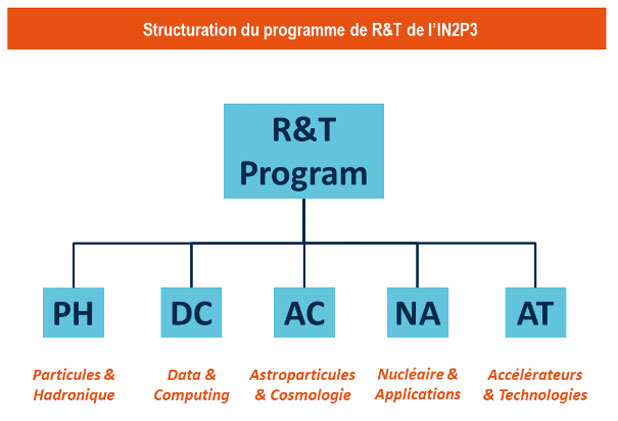
Technology
For its research, IN2P3 designs and produces instrumentation of high technological level. Developments made from these Research & Technology (R&T) programmes can pave the way for the design of innovative tools for the health, energy, computing, chemistry, biology and environmental sectors. The Institute promotes this R&T through various actions, including the creation of start-up companies and by offering access to technological platforms hosted in its laboratories.


